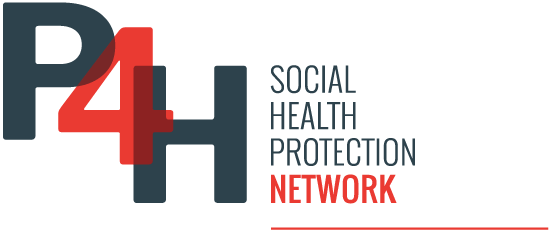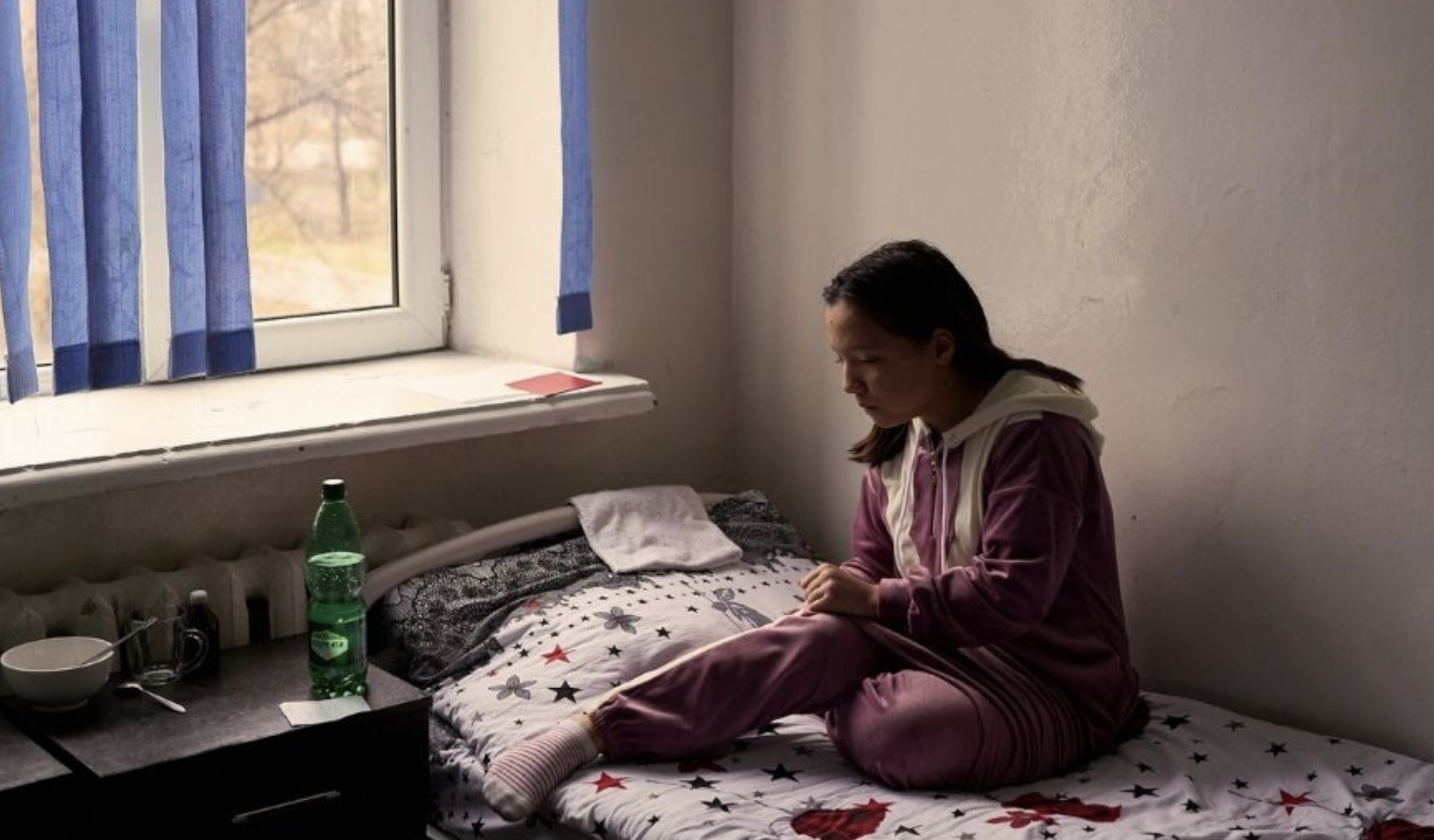The pursuit of universal health coverage (UHC) in the Asia and Pacific region has often overlooked the crucial aspect of patient safety, resulting in significant issues such as high rates of hospital-acquired infections and medication errors. This neglect not only leads to direct harm and financial burdens on healthcare systems but also fosters distrust in healthcare providers, undermining support for collective health initiatives.
The quest for universal health coverage (UHC) in the Asia and Pacific region is increasingly recognized as an essential goal, aiming to provide all individuals with access to quality health services without financial hardships. However, in the pursuit of UHC, the critical aspect of patient safety has often been overlooked.
Studies indicate that efforts to enhance access and financial structures primarily focus on service availability while neglecting the quality and safety of healthcare, particularly in low- and middle-income countries. Research shows a significant underprioritization of patient safety culture, which includes supportive work environments and overall perceptions of safety.
Despite national policies aiming to improve patient safety, many developing countries still struggle with safety issues. There are major concerns, including high rates of hospital-acquired infections, highlighted in a 2022 systematic review showing a prevalence of such infections in Southeast Asia. Additionally, medication errors remain prevalent, encompassing issues in administration, prescription, preparation, dispensing, and transcribing. Globally, it is estimated that 10%-15% of diagnoses are inaccurate or delayed, leading to improper treatments. The implications of neglecting patient safety are severe, resulting in direct harm to patients, from complications and decreased quality of life to permanent disabilities and death.
According to the World Health Organization’s Global Patient Safety Report 2024, avoidable harm contributes to over 3 million deaths annually, with around half of these incidents deemed preventable. This neglect erodes the effectiveness of UHC, resulting in both human suffering and financial burdens on healthcare systems. Financial repercussions are felt by patients, healthcare providers, and health systems.
Patients endure direct costs from extended hospital stays and readmissions, as well as indirect costs from lost livelihoods. For national health systems, the financial toll can be steep; in OECD countries, for every $100 spent on health, approximately $12.60 is linked to unsafe patient care. Furthermore, healthcare workers experience emotional impacts, termed the “second victim phenomenon,” leading to stress, burnout, and feelings of guilt and shame after being involved in adverse patient events. This, in turn, may perpetuate a cycle of further errors and suboptimal care.
Neglecting patient safety also fosters distrust in healthcare providers, exacerbating the belief that individuals must fend for themselves regarding health needs. This societal fallout undermines political and social support necessary for collective health initiatives, including UHC. The crux of improving patient safety lies in cultivating an enabling culture that prioritizes safety within the framework of UHC.
To address these challenges, governments must embed patient safety as integral to UHC. Learning from global and regional experiences is vital for enhancing safety quality. Several key strategies include:
- 1. Improving Surveillance and Regulatory Systems: Strengthening health information systems and establishing national databases on adverse events can facilitate effective monitoring at all levels, enhancing clinical decisions and informing policy reforms.
- 2. Supporting Research: Understanding sociocultural, legal, political, and economic barriers to patient safety can shed light on the underlying issues. For instance, punitive approaches can foster a culture of blame that deters reporting of adverse events.
- 3. Investing: Additional investments are necessary to develop training and resources focused on patient safety, ultimately leading to safer healthcare environments. Addressing patient safety is essential for realizing the full potential of universal health coverage and improving health outcomes in the Asia and Pacific region.


